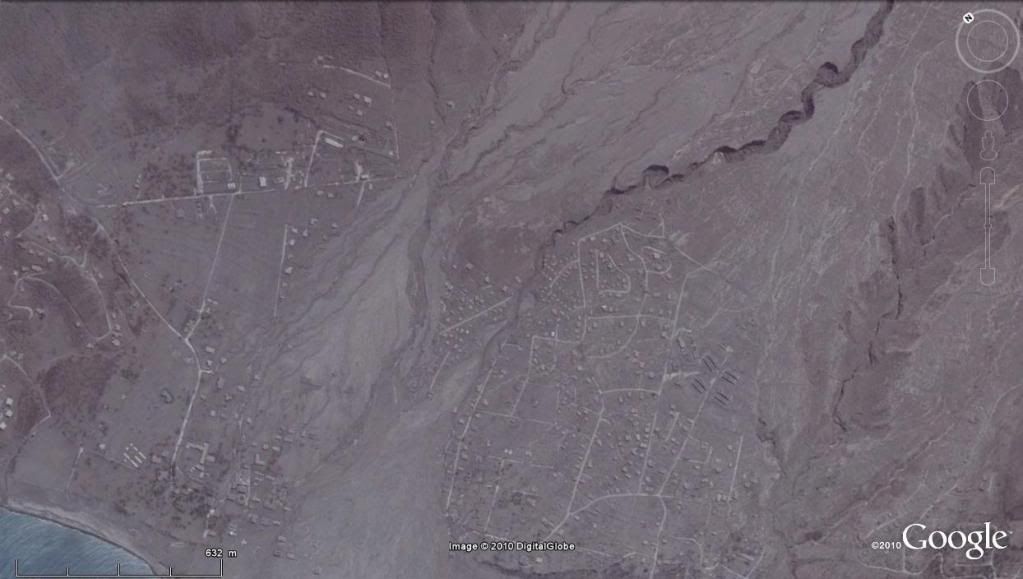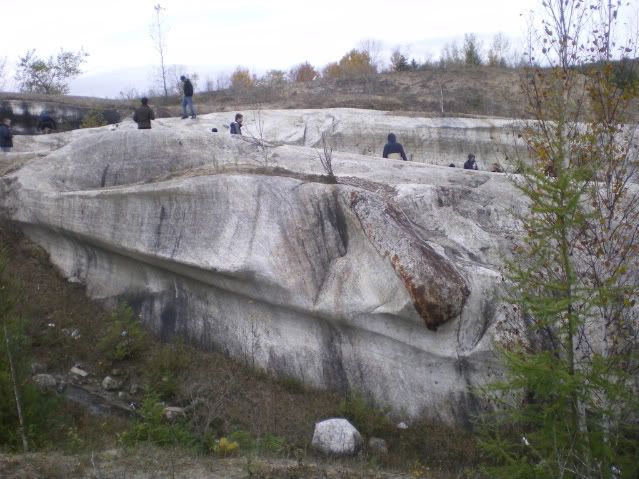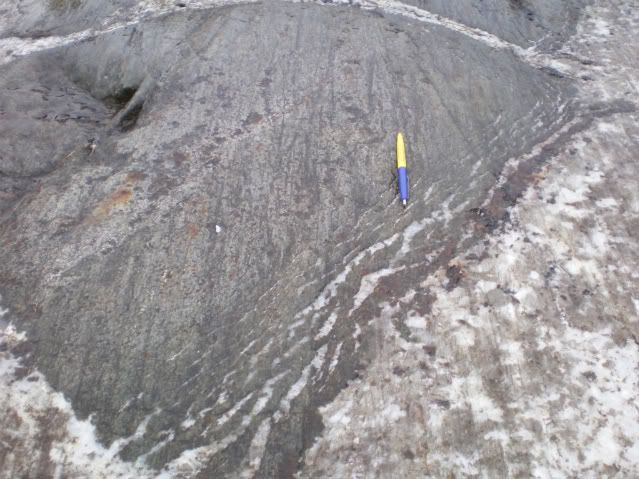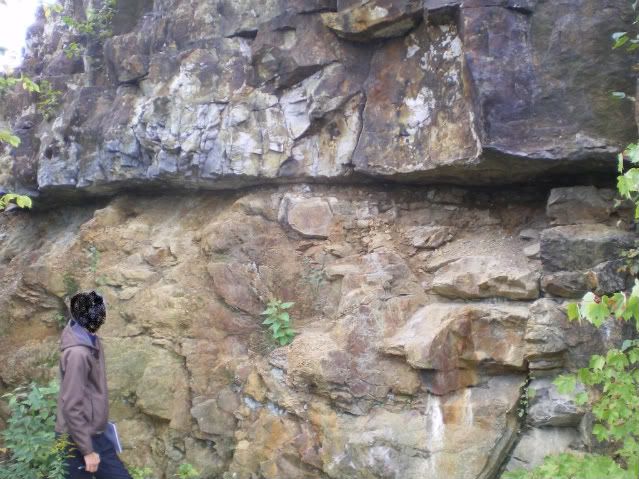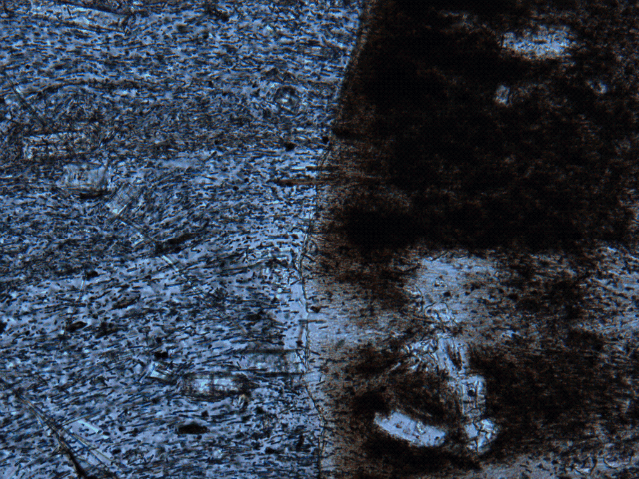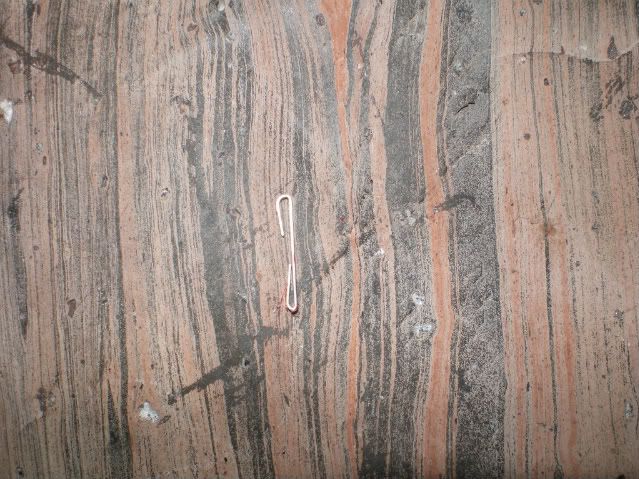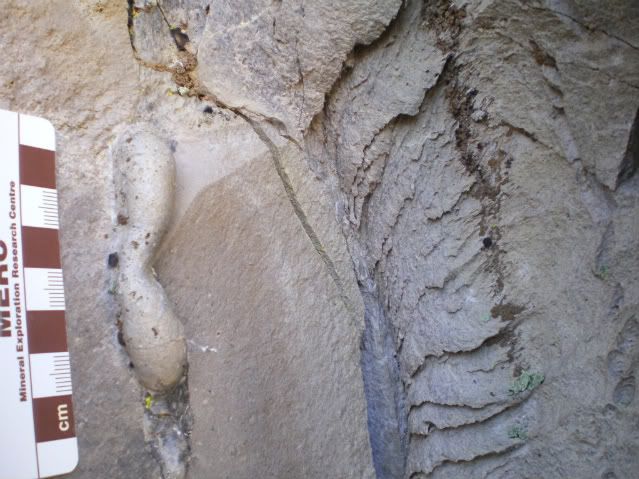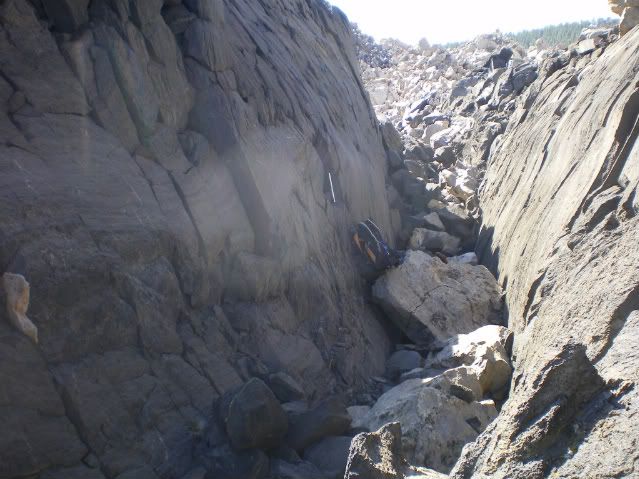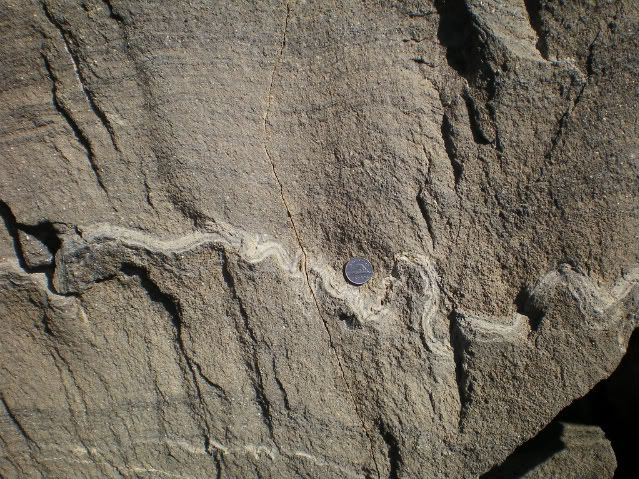Hello readers and happy new year!
Welcome to “Where on Google Earth" (WoGE for short). WoGE was started by Brian Romans (then blogging as “…or Something” and now as Clastic Detritus) in January of 2007 and is now close to entering its fourth year of geological adventure – virtually at least. I had fun with WoGE #244 as it was an adventure down the East African Rift. Coupled with the hint given by fellow geoblogger Andrew Alden (over at about.com), I raced over to eastern Africa, followed the rift valley north to south until I got to Lake Malombe with its sine-curve-shaped west shore. As a newcomer to this game myself, WoGE has allowed me to travel the virtual globe to parts that I probably would not have been to otherwise. Yeah, I'm busted!
As victor of WoGE #244 the torch is hereby passed to me, and I get to set up the next WoGE challenge. Thus, I am pleased to offer WoGE #245. Veterans of this game know the rules, but for the benefit of newcomers to WoGE, here is how the game is played:
- Analyze the screen-capture (at the bottom of this post), and see if you can find where it is by using Google Earth.
- Write a comment to this post describing (a) the location (lat-long and/or specific locality) and (b) a sentence or two about the geology depicted in the image.
- The first person to correctly identify location and general geology of the image gets to host WoGE #246 on their geoblog – or create a geoblog and then host WoGE #246. Extra kudos if this challenge is solved before the year runs out!
Since this is a fairly straightforward challenge despite the small area pictured (I think), and to allow for WoGE newcomers a chance to get into the action, the Schott Rule is hereby invoked. Under this rule, previous winners must wait one hour after the contest starts to answer.
Figure for WoGE # 245. Click to see a larger verson. This may be the first WoGE challenge using Google Earth v.6
Good luck, happy new year, and I'll see you in 2011! :-)
Posted on December 31st at 9:05 AM PST

